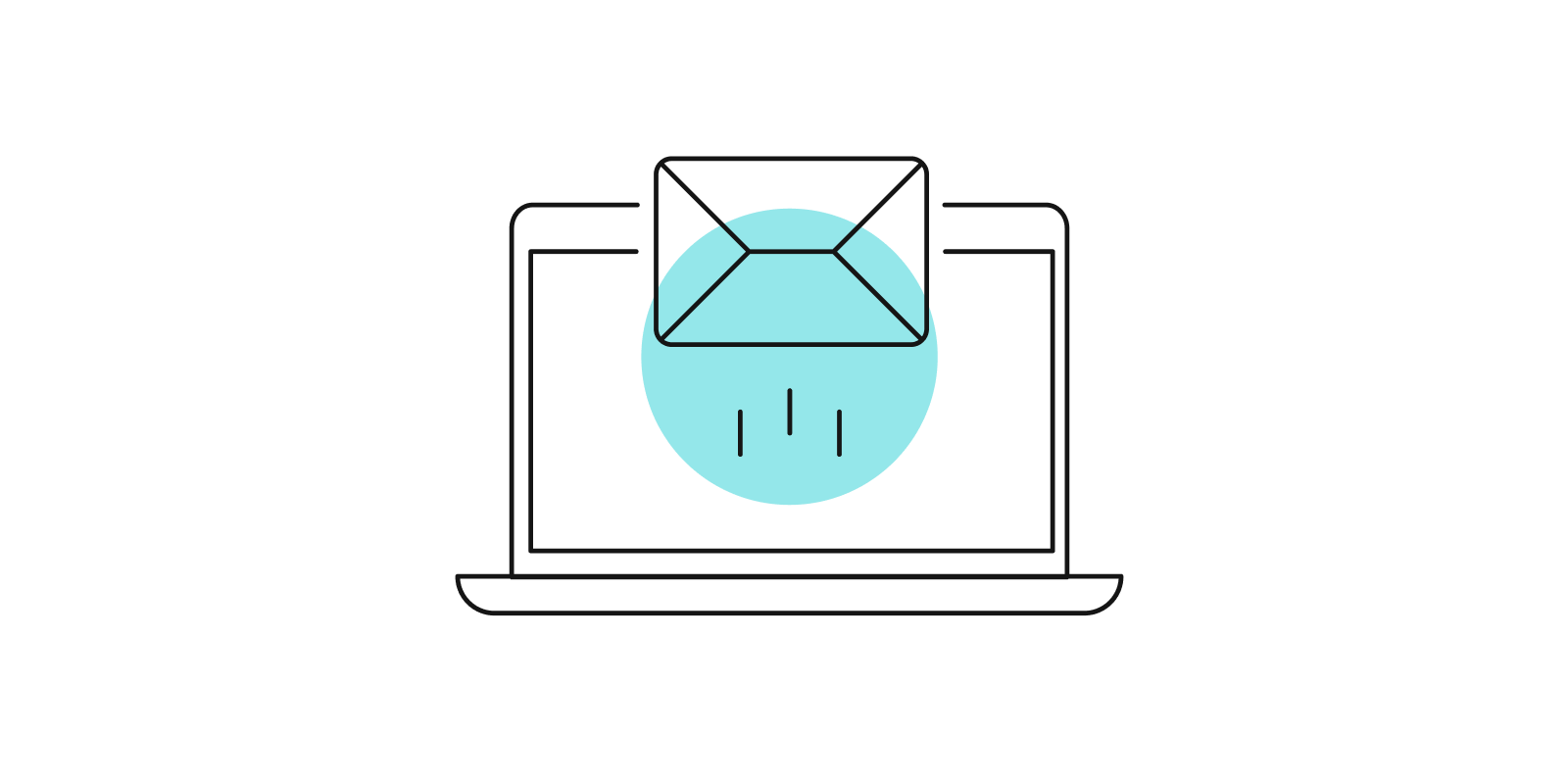
Voices of Innovation: A Q&A Series on Generative AI – Part 7

Using technology to improve teaching and learning is in Pearson’s DNA. As the first major higher education publisher to integrate generative AI study tools into its proprietary academic content, Pearson is excited to be harnessing the power of AI to drive transformative outcomes for learners. We are focused on creating tools that combine the power of AI with trusted Pearson content to provide students with a simplified study experience that delivers on-demand, personalized support, whenever and wherever they need it.
In this multi-part blog series, you’ll have a chance to hear about AI innovations from Pearson team members, faculty, and students who have been involved with the development and rollout of Pearson’s AI-powered study tools.
Part VII, gain behind-the-scenes insights from Bill Vander Lugt and Will Tolleson who have been involved in AI-powered study tools development at Pearson as Principal Data Scientists on our Product Engineering team focused on AI innovations at Pearson focused on leveraging AI to benefit faculty and students.
Tell us a little bit about your role and how that aligns within the Pearson ecosystem and product innovations at Pearson?
Bill: I recently transferred from the Engineering team where my title was Principal Data Scientist, to the Product organization, where my title is now Principal Product Manager – AI Innovation. I have been asked to focus on foundational issues of learning that will benefit all AI initiatives. By inventing new solutions to long-standing problems, I am exploring what is possible and helping to shape our longer-term AI strategy and roadmap.
Will: I am an engineer responsible for developing production code that interfaces with large language models (LLMs) so that we can leverage AI to benefit students interacting in Pearson learning platforms. I help write workflows that can generate content, parse content, and serve as an assistant.
How do you think generative AI and LLMs are going to evolve over the next year? What types of challenges and opportunities will this present?
Bill: Recently, OpenAI and Google unveiled impressive new multimodal capabilities that seamlessly integrate voice, images, and videos into LLMs. As these multimodal capabilities expand in the coming year, Pearson will have opportunities to rethink not only how we process content internally, but how our customers interact with our products. Guaranteeing the integrity and accuracy of the information that we provide will remain a challenge, but one that Pearson is better positioned to address than our competitors, given the exceptional quality of our existing content.
Will: We already have models with outstanding speech/text/vision capabilities. Models with better math solving capabilities will likely become a reality. Prompts for certain challenges will become more widely shared, mostly in LangChain. Smaller more targeted hyper-tuned models are proving more and more useful. Open source will continue to improve, I think there will be an open-source model with benchmarks similar to early GPT-4. Video creation content related to subjects will improve and become more usable.
What are the problems Pearson is uniquely set up to solve with the use of generative AI?
Bill: Tracking each student’s progress and identifying the precise points at which they need help are fundamental problems in education. Pearson is uniquely positioned to solve these problems because of our large customer base, our customers’ confidence in us, our extensive and high-quality content, our deep experience with psychometric modeling, our existing AI capabilities, and our pedagogical expertise. Generative AI enables us to leverage those advantages in powerful new ways.
Will: Pearson is able to tap into existing content to seed highly accurate AI exercise and chat experiences. In the future, the ability to leverage extensive adoption to build holistic student profiles that can feed more personalized AI experiences.
Can you elaborate on how Pearson's AI study tools incorporate principles of cognitive science and pedagogy to optimize learning outcomes for users?
Bill: One of the biggest mistakes students make when studying is simply re-reading their textbook and notes instead of actively testing their understanding and formulating questions of their own. Our AI study tool promotes more active and engaged learning by helping students work through a problem that is similar to enough to teach them all the relevant steps and skills while still requiring them to independently apply those skills to their original problem. In addition to socratically asking questions, our tool breaks problems down into smaller steps, provides hints if students require them, and allows students to pose questions themselves if they become stuck or confused. We believe this active, engaged style of learning is both more effective and more fun.
Will: Almost any question can be broken down into smaller more granular questions. There are a finite number of relevant smaller questions you can ask for a broader question. We store the most pertinent questions and scaffold learners into those smaller categories of questions so that they can come to understand the broader overarching question. A lot of variables factor into a valuable and personal AI learning experience. Using all of these variables as inputs to content/AI decisions gets very complex, and trying to simplify it into a simple process will not work for every use case. Everything will be a long chain of code that spans across many services. Furthermore, every course has slightly different challenges: from chemistry, physics, math, and biology. We are handling all of these small course specific complexities on a case-by-case basis, working with product and professors to refine our experience.
What has been the most exciting about working on Pearson's new AI-powered tools? What are you looking forward to as we continue to innovate with AI?
Bill: To me, the most exciting and fruitful AI opportunities are those that combine the greatest strengths of LLMs—their flexibility, fluency, and breadth of knowledge—with the greatest strengths of traditional models—their interpretability and reliability. Because these strengths and weaknesses are in many respects complementary, we are constantly searching for ways to integrate the two and thereby to achieve the best of both worlds: the expressiveness of LLMs combined with the reliability and transparency of traditional statistical models. By creatively integrating these two different approaches with big data and traditional pedagogy, we are delivering products and experiences that are simply not possible with only one (or even two) of these sources.
Pearson is creating innovative experiences that are more powerful than the sum of their parts, by seamlessly integrating cutting-edge LLMs, state-of-the-art statistical models, big data, and the wisdom of seasoned instructors. While some of my work draws on pedagogical principles (like active learning), today it has become possible to implement those principles in ways that were simply not conceivable in traditional classrooms. By thoughtfully leveraging modern technologies, education can become much more intimate and personalized than it could in previous generations. Instead of relying on the one-size-fits-all, lecture-like solutions of the past, we are trying to meet each student where they are, customizing each student’s experience to their unique needs. Indeed, a generation of students raised on personalized search results, personalized social media feeds, personalized entertainment recommendations, and personalized advertising is likely to find anything else alien and unhelpful. We therefore aim to bring those same, now-familiar, AI-driven experiences of personalization to education. And we are drawing on all our resources, old and new, to do that.
Will: The industry and technology in higher education is constantly changing. Numerous blockers we have faced in content parsing have been solved by the LLM industry in short amounts of time. The younger generation has much more contact with technology visually, and I think improvements to video generation will be attractive to a younger generation. Enhancing content with relevant images as needed will be very valuable. I believe AI will redefine the way most developers develop. Traditional best practices in software design will loosen and adapt to accommodate AI generated code. Python will become a core AI code generation language due to its simplicity. Functional programming over object-oriented programming will likely become much more accepted.



